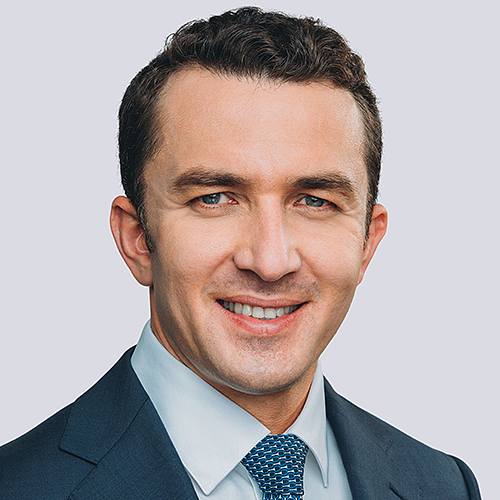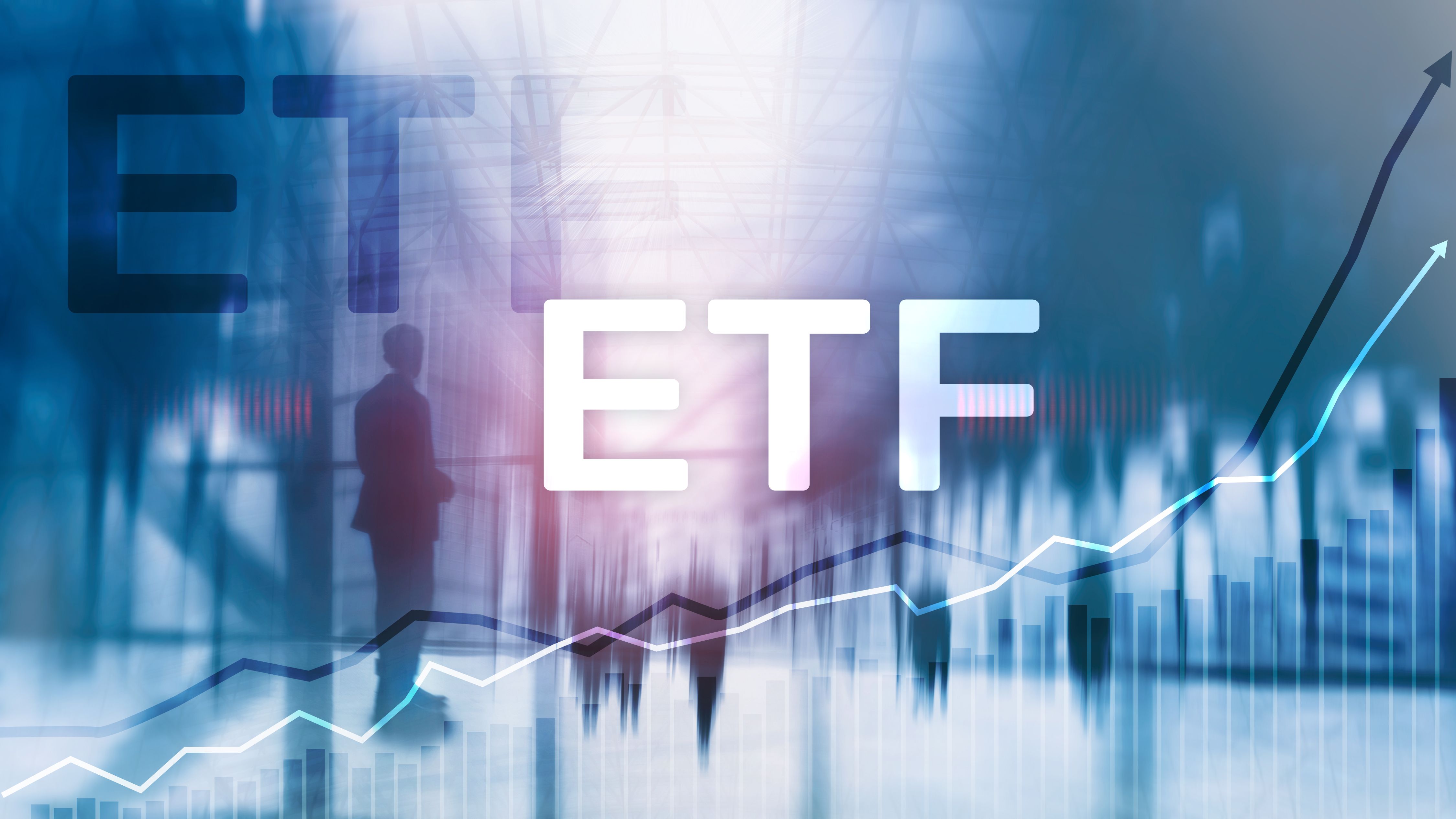
A decade since the global financial crisis, markets have been steeped in self-reflection. What’s changed? What has stayed the same? Could the crisis happen again?
It’s this last question that seems to be top-of-mind today. A decade is a long time for economies not to have experienced a recession. In market terms, it’s almost enough to see two average-length business cycles come and go. But in the last 10 years, we’ve only seen one.
The passage of time appears to be the primary reason many people believe we must be late in the cycle. If so, valuations would then appear very high. We’d like to make the case that, unlike in 2007, fundamentals look decidedly mid-cycle. If this view proves to be correct, it would be a dangerous time to jump back into safety assets. We frame this case through our Capital Market Line (CML) process -- a five-year, forward-looking comparison of return per unit of risk across the capital markets which represents our view of the attractiveness of today’s asset classes.
Today, while the CML is not overly steep, it is upward sloping, indicating an environment where investors should be paid, on average, for the risks they take. The big difference from a decade ago is the degree of dispersion among asset classes. Back in 2007, dispersion was minimal. As dispersion has risen, opportunities for selectivity in asset classes have also increased. More dispersion provides more opportunities to be highly selective.
What is driving higher dispersion? The end of private sector deleveraging, which has increased cash flow growth for some, but not all, growth assets. For companies, the stall-speed environment promised safety in numbers in not investing in one’s business. Ahead, we see more significant gaps between the trajectories of winners and losers, on both the micro and macro levels. Lingering extraordinary monetary policies have also increased the dispersion in our CML. During stall-speed, the preference was to play it safe, and classic lower risk assets attracted more than their fair share of this enhanced liquidity. We now see a slow unwinding of this ahead.
Today’s CML is signaling something very different from the consensus view: markets are actually midway – not late – in the business cycle. Since mid-2016, we have observed a reflation of confidence and growth in markets, along with a slow rise in inflation and interest rates. This has come with a ratcheting down of anxiety and related risk premiums. Over the next five years, the CML indicates that asset classes with fixed cash flows – which are valued at a premium for their apparent safety – are overpriced versus today’s inflation. And with inflation likely to strengthen for most of the next five years, we expect these assets will experience an unfavorable repricing ahead. In contrast, while many growth assets appear to have high valuations on today’s cash flows, many of them should prove to be both the safest and the most rewarding due to the potential for their cash flows to grow into, and beyond, current prices.
After years of low inflation, a common current misperception is that any uptick will hurt asset values. Historically, inflation of 1%-3% hasn’t caused P/Es to fall precipitously but the opposite. We believe that as inflation and interest rates rise over the next five years, anxiety and equity risk premiums will increase to an extent that will offset (or even more than offset) any negative effect of rising rates and inflation on P/Es.
While 2018’s uptick in inflation initially hurt both the rates curve and P/Es, equities recovered whereas the rates curve has not. This was no surprise to us. For capital conservation assets with fixed cash flows, this gentle rise in inflation is occurring while the duration of bond indexes is historically high. Instead of the risk premium falling during the reflation of confidence and growth, the impact on the rates curve is the opposite.
Overall, we believe investors should focus on what we expect will be the real driver of markets going forward: earnings growth. Companies are stepping up their business investment but are focused very little on adding capacity. Instead, they are adding capability to protect and improve upon their business models. This mix of spending is much more likely to spawn macro productivity, while also increasing micro-instability – meaning the winners will advance further to the lead, and the laggards will go out of business. This reflationary environment is rife with opportunities to be selective in which betas, and which securities, to embrace.
A decade ago, many investors were primarily interested in long-term investing that looked beyond peaks and valleys, looking out 20 years or more. Asset allocation was purely strategic, and portfolio positioning emphasized small tactical adjustments to these long-term targets, such as 60% risk assets/40% safety assets. Relative return dominated not only within asset classes via security selection, but also between asset classes. Yet strategic allocation appears, to us, to have failed during the crisis. We believe investors should consider changing their longer term targets – and many of them are. Instead of strategic relative return targets, investors can adopt objectives such as LIBOR plus 3% over rolling 12 months or CPI plus 5% over rolling five years. These, to us, are more suitable in any environment.
In 2017, many multi-asset investors suffered from low returns, while the S&P 500 grew 20%. Total return, or alternatives to growth asset strategies, may allow investors to hold onto most of the upside while maintaining a risk budget comparable with that of a 60/40 benchmark. They also provide an opportunity to rebalance portfolios (and shave off some of the equity risk budget) without compromising much of the upside that equities offer. In the reflationary environment ahead, we believe this will prove an attractive proposition.
Michael Kelly is global head of multi-asset at PineBridge Investments
Cover photo: Shutterstock.com









